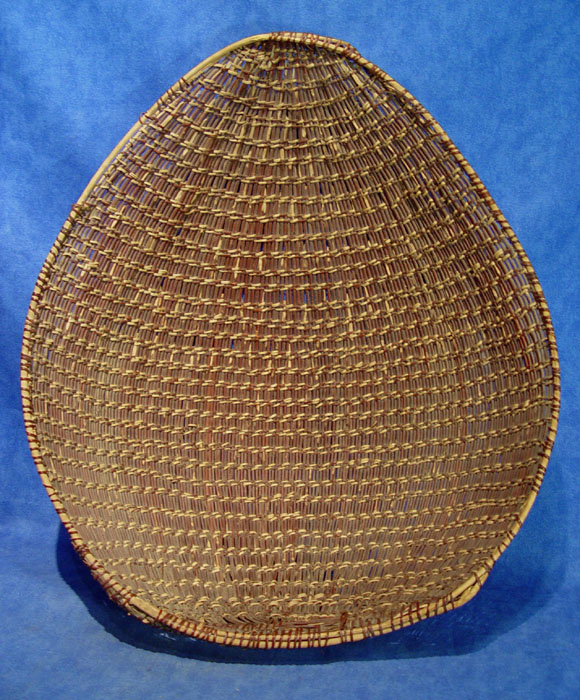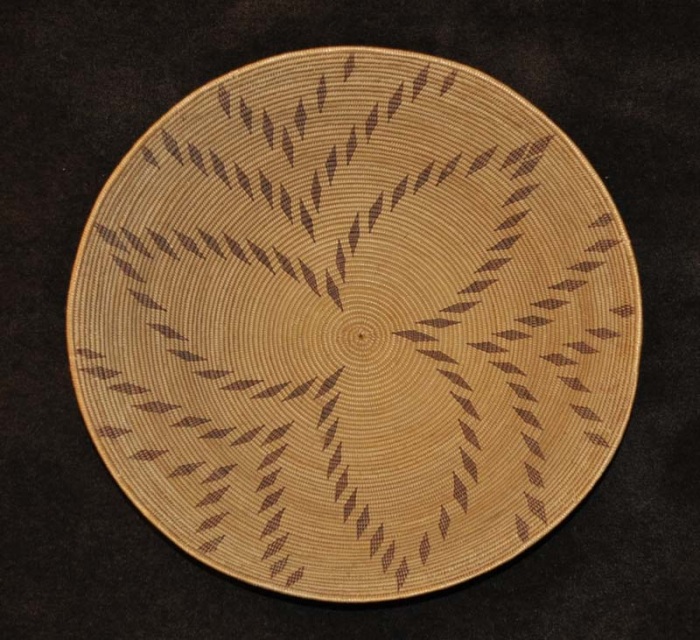
This included elaborate acting and dancing ceremonies in traditional costume, an annual mourning ceremony, puberty rites of passage, shamanic intervention with the spirit world and an all-male society that met in subterranean dance rooms. The original Coast Miwok people world view included animism, and one form of this took was the Kuksu religion that was evident in Central and Northern California. From speaking with Coast Miwok people in the early 1900s, Merriam believed that the Lekahtewutko and Hookooeko dialects were substantially the same. The Coast Miwok language is still spoken, but the Bodega dialect, spoken by the Olamentko group, is documented in Callaghan (1970). Tamal Aguasto (though the Tamal people lived in the Miller Creek watershed to the north in what is now Terra Linda and the Aguasto to the south, there was enough intermarriage in the early 19th Century that Milliken, the source of this article's map, lumps them into a single tribelet.Petaluma (though Merriam puts the southernmost boundary of the Lekahtewutko a mile north of Petaluma and its associated villages, which is in the middle of Milliken's boundaries for this tribelet.).Using Merriam's divisions, the tribelets as shown on the map to the right - itself derived from Milliken - can be classified as: The Coast Miwok did not have a single name for all three tribes, describing themselves instead by tribe, tribelet, or village, depending on the context.


Rather, chiefs or headmen ( oi-bu in Olamentko and hoipu in Hookooeko) were empowered at the tribelet level. These tribes did not have a political structure and so are not "tribes" in that sense.

Otherwise their staple foods were primarily acorns-particularly from black and tan oak–nuts and wild game, such as deer and cottontail rabbits and black-tailed deer, Odocoileus hemionus columbianus, a coastal subspecies of the California mule deer, Odocoileus hemionus.

In the springtime they would head to the coasts to hunt salmon and other seafood, including seaweed. They lived by hunting and gathering, and lived in small bands without centralized political authority. The Coast Miwok spoke their own Coast Miwok language in the Utian linguistic group. Abalone shells gathered from the coast were used to make jewelry.


 0 kommentar(er)
0 kommentar(er)
